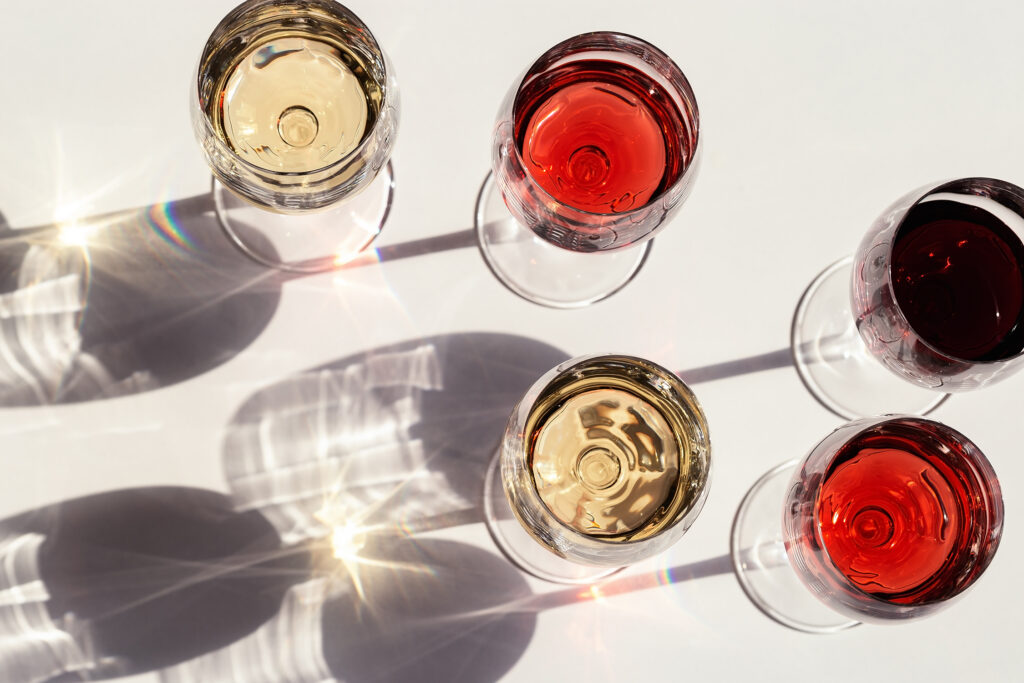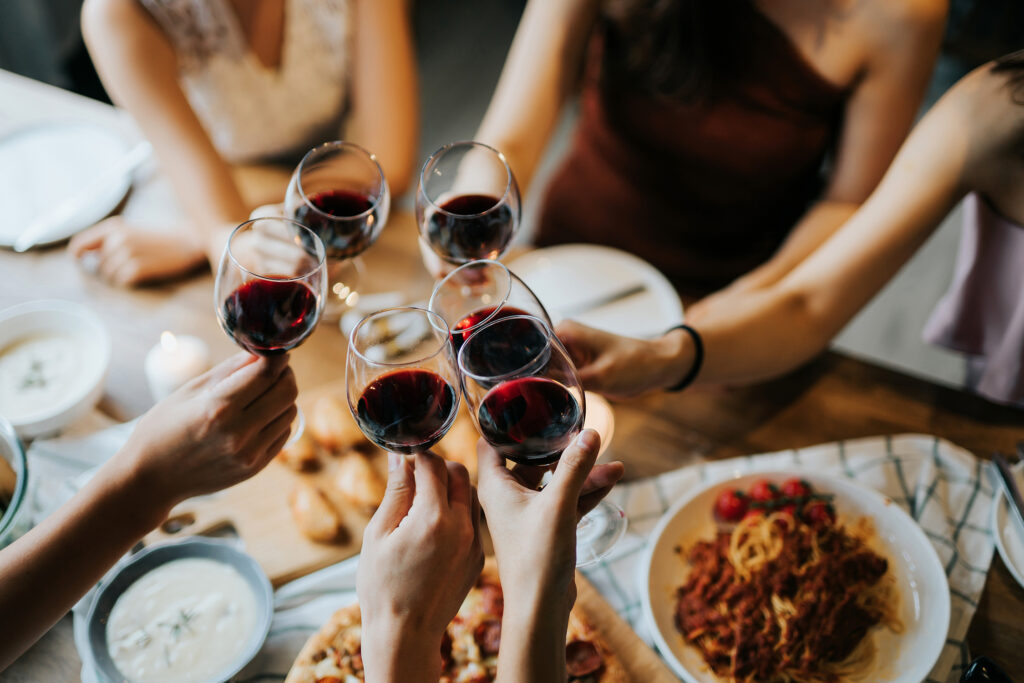
4 Myths Winemakers Want You to Stop Believing About Blends
The pros break down all the means to a blend.

Instants/Getty Images
Though you shouldn’t judge a wine by its bottle, the grapes listed on its label can often clue you into what you can expect from your first sip. Zinfandels are known for their rich, jammy fruit notes while barrel-oaked Chardonnay are notoriously ultra-buttery. But blends? Well, that’s where it gets confusing. Since blends often feature an assortment of grapes, it’s easy to think that this wine is… well, leftovers. An afterthought, if you will.
However, according to industry insiders, blends are a far cry from basic. “The very basis of a ‘blend’ is that it achieves and articulates an experience that is as a whole a better representation of the location, people, and time than the individual parts that compose it,” explains Adam Casto, head winemaker of Ehlers Estate in St. Helena. So what’s the deal with blends? Are they really worth the hype? And how do you even find a blend to match your palette? To help, two winemakers are putting the rumors to rest and sharing the truth about wine blends.

yrabota/Getty Images
Myth #1: Single-Vineyard Wines Are Always Better Than Blends
Avid wine drinkers might know exactly what to expect from a glass of Cabernet Sauvignon or Gewürztraminer—and that makes them relatively safe bets. But if you are looking to wow a crowd, you shouldn’t overlook those blends. If you ask Brooke Bobyak Price, winemaker at Bella Union in Napa Valley, they can actually be just as nuanced as those single-sourced pours.
“Blends can incorporate the strengths of multiple [components], creating a complexity and balance that single [vineyard wines] often lack,” she explains. “Well-crafted blends can tell a story, reflecting the terroir and winemaker’s artistry: The interplay of flavors can elevate a wine, showcasing depth and harmony.”

Thomas J. Story
Myth #2: Blends Are Basically Leftovers
There’s more to a blend than crushing, mixing, and aging a bunch of random grapes. “Each varietal brings unique characteristics, and I focus on achieving a seamless integration that highlights the best qualities of each,” Bobyak Price explains. “I consider how different grapes will complement each other and begin to form a concept of how each part fits together into the puzzle.”
While blending wines does require a science, Casto says that he typically brings an artistic edge to the process by focusing on tastes over flavors. “It’s about how the wine feels more than the ephemera of aromas and flavors we construct,” he explains. “We mostly remember the way things make us feel, and I keep that in mind.”
To find that perfect balance of acidity, tannins, sweetness, and lingering notes, Casto looks to find each varietal’s strengths. “Each wine is approached individually, often within the limiting confines of what is available and what must be done,” he adds. “I find it helpful to consciously state the objectives as they change, as I switch from one perspective to another: It is easy to get lost in the process and cross thoughts and wires, to generally poor outcomes.”

AsiaVision/Getty Images
Myth #3: Red Blends Are Better Than Whites
Though Castro says he sees more blends with red grapes than white, one hue isn’t better than the other. “Both have their merits,” Bobyak Price says. “Reds often showcase more depth and structure, while whites can display vibrant freshness and aromatic complexity.” A great way to suss out a blend is to look at the label, which will have a breakdown of the exact grapes used. In other words, Syrah lovers might want to try a blend that features a majority of that grape. “Look for blends that highlight their varietals and appellation,” Bobyak Price recommends. “Ratios can vary, but balance is key.”

AtlasStudio/Getty Images
Myth #4: All Blends Are Created Equal
Give blends a chance, but remember that not all wines are created equal. If you’re looking for a quality bottle, it’s important to research a winery’s reputation as well as the blend’s tasting notes. However, Bobyak Price says you shouldn’t be thrown off by something that’s slightly outside of your comfort zone.
“Don’t shy away from experimenting and trying new things—some of the best surprises come from unexpected blends,” she says. “ While there is no perfect ratio or secret recipe, winemakers can create some really fun, creative, and complex blends.” Merlot may not be your thing on its own, but when paired with Cabernet Franc and Petit Verdot, it could be totally toast-worthy. Cheers!
Read the 2024 Wine Issue Right Here!
Get one year of Sunset—and all kinds of bonuses—for just $29.95. Subscribe now!
